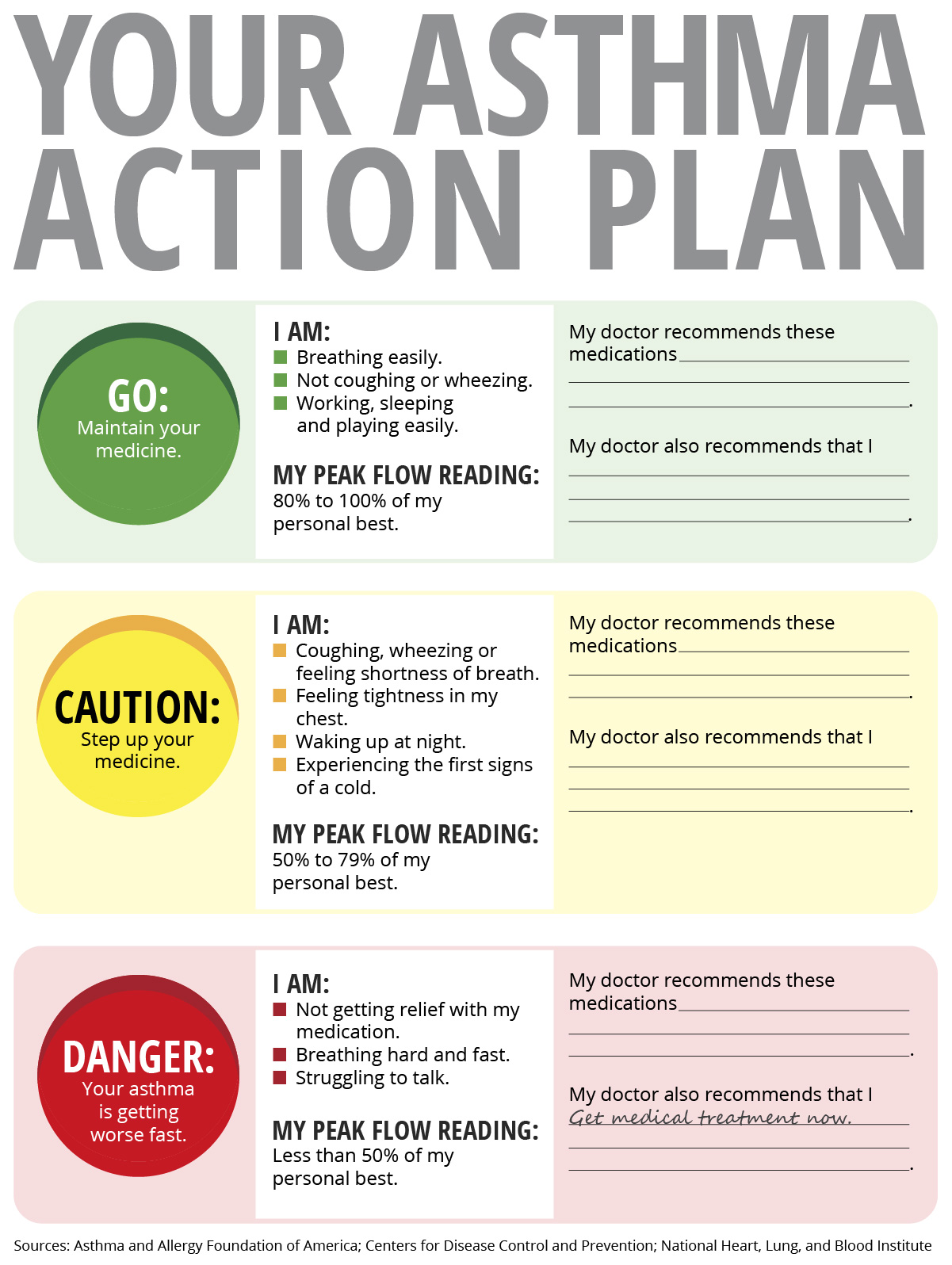Deciphering Asthma’s Impact on Running
Asthma, a common respiratory condition, can present challenges for those pursuing running as a hobby or sport. However, with proper management and understanding, individuals with asthma can still excel in running and achieve their goals. This article explores the connection between asthma and running, outlining common triggers and symptoms, and emphasizes the importance of proper asthma management for runners.
Running can be a challenging activity for individuals with asthma due to the increased respiratory demand and potential exposure to various triggers. Asthma symptoms, such as wheezing, coughing, chest tightness, and shortness of breath, can be exacerbated during or after running, making it essential for runners with asthma to manage their condition effectively.
Effective asthma management involves several strategies, including:
Consulting with a healthcare professional: Collaborating with a healthcare provider can help runners with asthma develop a personalized asthma action plan, which includes medication, inhaler usage, and other necessary treatments.
Monitoring symptoms: Keeping track of asthma symptoms and identifying potential triggers can help runners adjust their training plans and avoid exacerbations.
Using prescribed medications: Adhering to prescribed medications, such as long-term control inhalers and quick-relief inhalers, can help manage asthma symptoms and prevent attacks.
Warming up and cooling down: Proper warm-up and cool-down routines can help improve lung function and overall respiratory health, reducing the likelihood of asthma symptoms during runs.
Selecting suitable running gear: Wearing masks, moisture-wicking clothing, and using peak flow meters can help manage asthma symptoms and improve running performance.
By understanding the impact of asthma on running and implementing effective management strategies, runners with asthma can continue to pursue their running goals while minimizing the risk of asthma-related complications.
Selecting Suitable Gear for Asthma Management
Proper running gear plays a crucial role in managing asthma symptoms and enhancing running performance for those with asthma. By choosing suitable masks, moisture-wicking clothing, and peak flow meters, runners can minimize the impact of asthma on their running experience.
Masks: Breathing masks can help filter out allergens, pollutants, and other airborne particles that may trigger asthma symptoms during runs. Brands such as Totobobo, Cambridge Mask, and Vogmask offer various options for runners with asthma.
Moisture-wicking clothing: Opting for moisture-wicking fabrics can help maintain a comfortable body temperature and prevent excessive sweating, which can exacerbate asthma symptoms. Brands like Under Armour, Nike, and Adidas offer a range of moisture-wicking clothing items suitable for runners with asthma.
Peak flow meters: Portable peak flow meters can help runners monitor their lung function and detect early signs of asthma symptoms. These devices, such as the MiniWright or the Piko-6, can be used before, during, and after runs to assess lung performance and ensure proper asthma management.
By investing in suitable running gear, individuals with asthma can better manage their condition and enjoy a more comfortable and productive running experience. When selecting gear, consider factors such as comfort, durability, and ease of use to ensure the best possible fit for your needs.
Designing Engaging Warm-Up and Cool-Down Routines
Proper warm-up and cool-down routines are essential for runners with asthma to prevent symptoms during runs and improve lung function and overall respiratory health. Incorporating specific stretches and exercises into your pre- and post-run routines can significantly enhance your running experience.
Warm-Up Routine:
Light jogging: Begin with a slow, gentle jog for 5-10 minutes to gradually increase your heart rate and warm up your muscles.
Dynamic stretches: Perform dynamic stretches, such as leg swings, lunges with a twist, and arm circles, to improve flexibility and range of motion.
Breathing exercises: Practice deep, controlled breathing exercises, like the pursed-lips technique or diaphragmatic breathing, to strengthen your respiratory muscles and enhance lung function.
Cool-Down Routine:
Easy jogging or walking: Slow down your pace for 5-10 minutes, allowing your heart rate and breathing to return to normal gradually.
Static stretches: Perform static stretches, targeting major muscle groups, such as hamstrings, quadriceps, calves, and hip flexors, to improve flexibility and reduce the risk of injury.
Breathing exercises: Continue practicing deep, controlled breathing exercises to further strengthen your respiratory muscles and support lung function.
By following these warm-up and cool-down routines, runners with asthma can minimize the risk of symptoms during runs and promote overall respiratory health. Incorporating these practices into your running routine can lead to a more enjoyable and productive running experience.
Formulating a Personalized Training Strategy for Asthma Control
Creating a tailored training plan that considers your asthma is crucial for runners with the condition. By adjusting the intensity, duration, and frequency of runs and emphasizing gradual progression and active recovery, you can effectively manage asthma symptoms and enhance running performance.
1. Intensity:
Moderate-intensity runs are generally more suitable for runners with asthma. High-intensity workouts can trigger symptoms, so it’s essential to balance challenging runs with less strenuous ones. Incorporate interval training, where you alternate between high-intensity and low-intensity periods, to build endurance without overexerting yourself.
2. Duration:
Gradually increase the duration of your runs to allow your body to adapt to the increased physical demand. Start with shorter runs and build up to longer distances over time. Remember to listen to your body and adjust your training plan as needed to accommodate any asthma symptoms or setbacks.
3. Frequency:
Plan your running schedule to allow for adequate rest and recovery between runs. Aim for 3-4 runs per week, interspersed with cross-training activities, such as swimming or cycling, to maintain fitness while reducing the risk of asthma symptoms.
4. Gradual Progression:
Incrementally increase the difficulty of your training plan to build endurance and strength without overtaxing your respiratory system. This approach allows your body to adapt to the increased physical demands and reduces the likelihood of asthma symptoms during runs.
5. Active Recovery:
Include rest days and low-intensity activities, such as walking or yoga, in your training plan to facilitate recovery and prevent overtraining. Active recovery can help maintain fitness levels while reducing the risk of asthma symptoms and injuries.
By carefully designing a personalized training strategy that takes asthma into account, runners can effectively manage their symptoms and achieve their running goals.
Balancing Nutrition and Hydration for Asthma Management
Proper nutrition and hydration play a significant role in managing asthma symptoms during runs. By incorporating anti-inflammatory foods, healthy fats, and fluids into your diet, you can support lung function and overall respiratory health, ultimately enhancing your running performance.
1. Anti-Inflammatory Foods:
Consuming anti-inflammatory foods can help reduce inflammation in the airways and alleviate asthma symptoms. Incorporate the following foods into your diet:
Fatty fish (salmon, mackerel, sardines)
Fruits (berries, oranges, apples)
Vegetables (broccoli, spinach, kale)
Nuts and seeds (almonds, walnuts, flaxseeds)
Spices (turmeric, ginger, garlic)
2. Healthy Fats:
Healthy fats, such as omega-3 fatty acids, can help reduce inflammation and support lung function. Include the following healthy fats in your diet:
Avocados
Olive oil
Coconut oil
Nuts and seeds
Fatty fish
3. Hydration:
Staying hydrated is crucial for maintaining optimal lung function and overall respiratory health. Drink water or other hydrating beverages, such as herbal tea or coconut water, before, during, and after runs to ensure proper hydration.
4. Pre-Run Meals:
Plan your pre-run meals to provide sufficient energy and support lung function. Opt for easily digestible carbohydrates, lean proteins, and healthy fats, such as:
Whole grain toast with avocado and scrambled eggs
Greek yogurt with berries and granola
Banana and almond butter smoothie
5. Post-Run Snacks:
Refuel your body after runs with nutrient-dense snacks that promote recovery and support lung function. Consider the following options:
Chocolate milk
Fresh fruit with cottage cheese
Rice cakes with hummus and sliced veggies
By focusing on proper nutrition and hydration, runners with asthma can effectively manage their symptoms and optimize their running performance.
Managing Environmental Factors for Asthma Control: A Crucial Aspect of How to Be a Runner with Asthma
For individuals with asthma, managing environmental factors is a critical aspect of maintaining control over their symptoms during runs. Various external elements, such as air quality, pollen count, and temperature, can significantly impact asthma symptoms and overall respiratory health. By taking proactive steps to minimize exposure to these triggers and optimize running conditions, runners with asthma can enhance their performance and overall well-being.
Air quality is a significant concern for those with asthma, as poor air quality can exacerbate symptoms and trigger asthma attacks. To minimize exposure to pollutants, consider running in areas with lower traffic density or during off-peak hours when air quality tends to be better. Additionally, monitor local air quality reports and avoid running outdoors when pollution levels are high.
Pollen is another common asthma trigger, particularly during certain times of the year. Check local pollen counts and plan runs accordingly, opting for indoor treadmill sessions when counts are high. If running outdoors is necessary, consider wearing a mask designed to filter out pollen particles.
Temperature can also impact asthma symptoms, with both cold and hot weather posing challenges. In cold weather, consider wearing a scarf or mask over your nose and mouth to warm the air before inhalation. During hot weather, stay hydrated and avoid running during the hottest parts of the day.
Lastly, be aware of potential allergens in your running environment, such as mold, dust mites, or animal dander. If these triggers are present, consider running in a different location or taking appropriate precautions, such as using an air purifier in your home or wearing a mask during runs.
By proactively managing environmental factors, runners with asthma can significantly reduce the likelihood of symptom exacerbation and improve their overall running experience. This essential aspect of asthma management is a crucial component of how to be a runner with asthma and should not be overlooked.
Establishing a Collaborative Healthcare Partnership for Asthma Management: A Key Element of How to Be a Runner with Asthma
Effective asthma management is crucial for individuals with asthma who aspire to be runners. Collaborating with healthcare providers is a vital component of this process, ensuring that asthma symptoms are well-controlled, and running performance is optimized. By working closely with healthcare professionals, runners with asthma can access a range of treatments, medications, and inhalers to support their running goals.
Healthcare providers can help runners with asthma develop a comprehensive asthma management plan, which includes identifying triggers, monitoring symptoms, and adjusting treatment as needed. This plan may involve the use of long-term control medications, such as inhaled corticosteroids, to reduce inflammation and prevent asthma attacks. Quick-relief inhalers, such as albuterol, may also be prescribed to manage sudden symptom flare-ups during runs.
Regular follow-ups with healthcare providers are essential for monitoring asthma control and adjusting treatment plans as necessary. During these appointments, runners with asthma can discuss their running routine, any symptoms experienced during runs, and any concerns related to their asthma management plan. Healthcare providers may also perform spirometry tests or other assessments to evaluate lung function and asthma control.
In addition to medications and inhalers, healthcare providers may recommend other treatments to support asthma management for runners. These may include allergy shots, bronchial thermoplasty, or the use of a nebulizer. By exploring all available treatment options and working closely with healthcare providers, runners with asthma can create a personalized asthma management plan that supports their running goals.
Establishing a collaborative healthcare partnership is a critical aspect of how to be a runner with asthma. By working closely with healthcare providers, runners with asthma can optimize their asthma management plan, enhance their running performance, and minimize the impact of asthma symptoms on their running routine.





